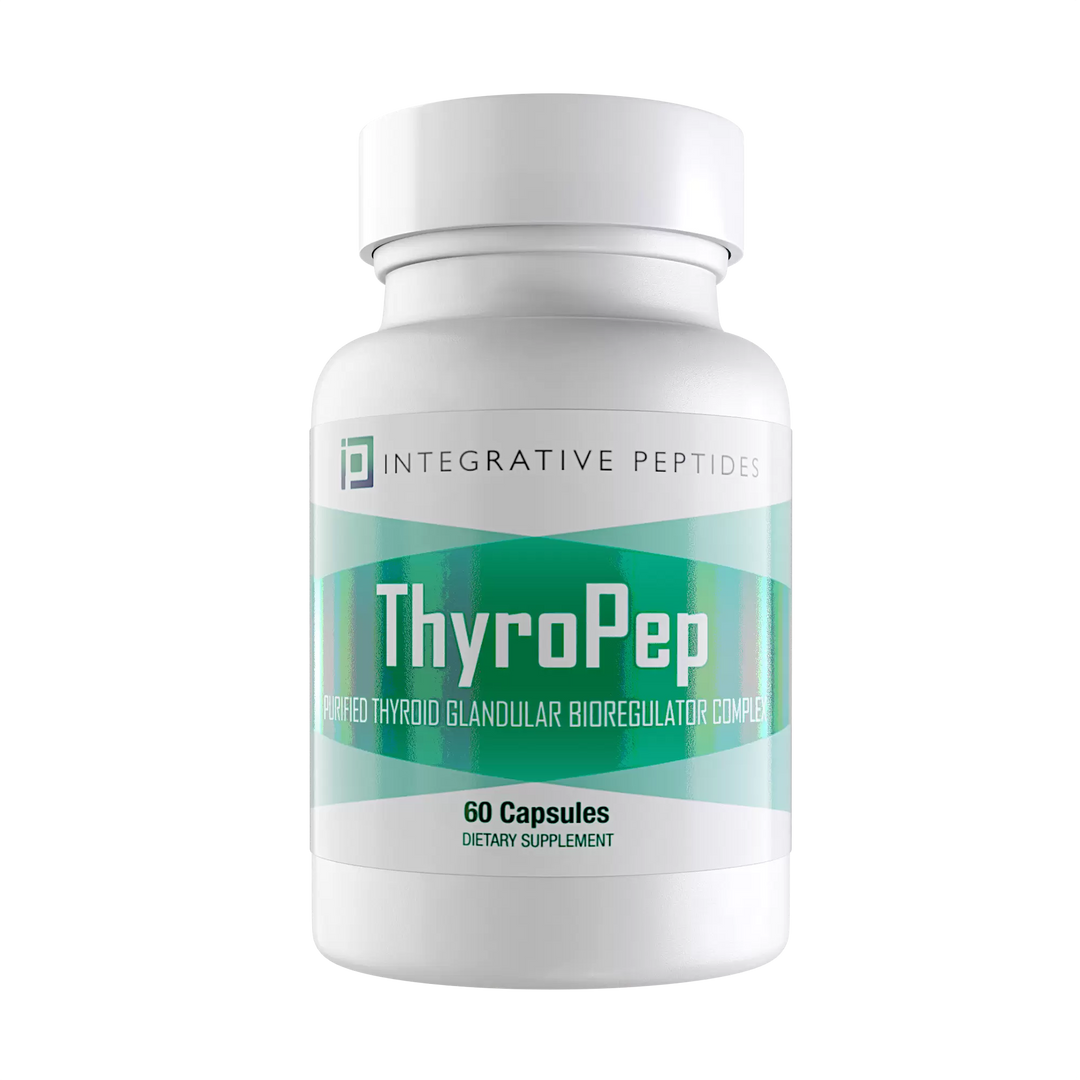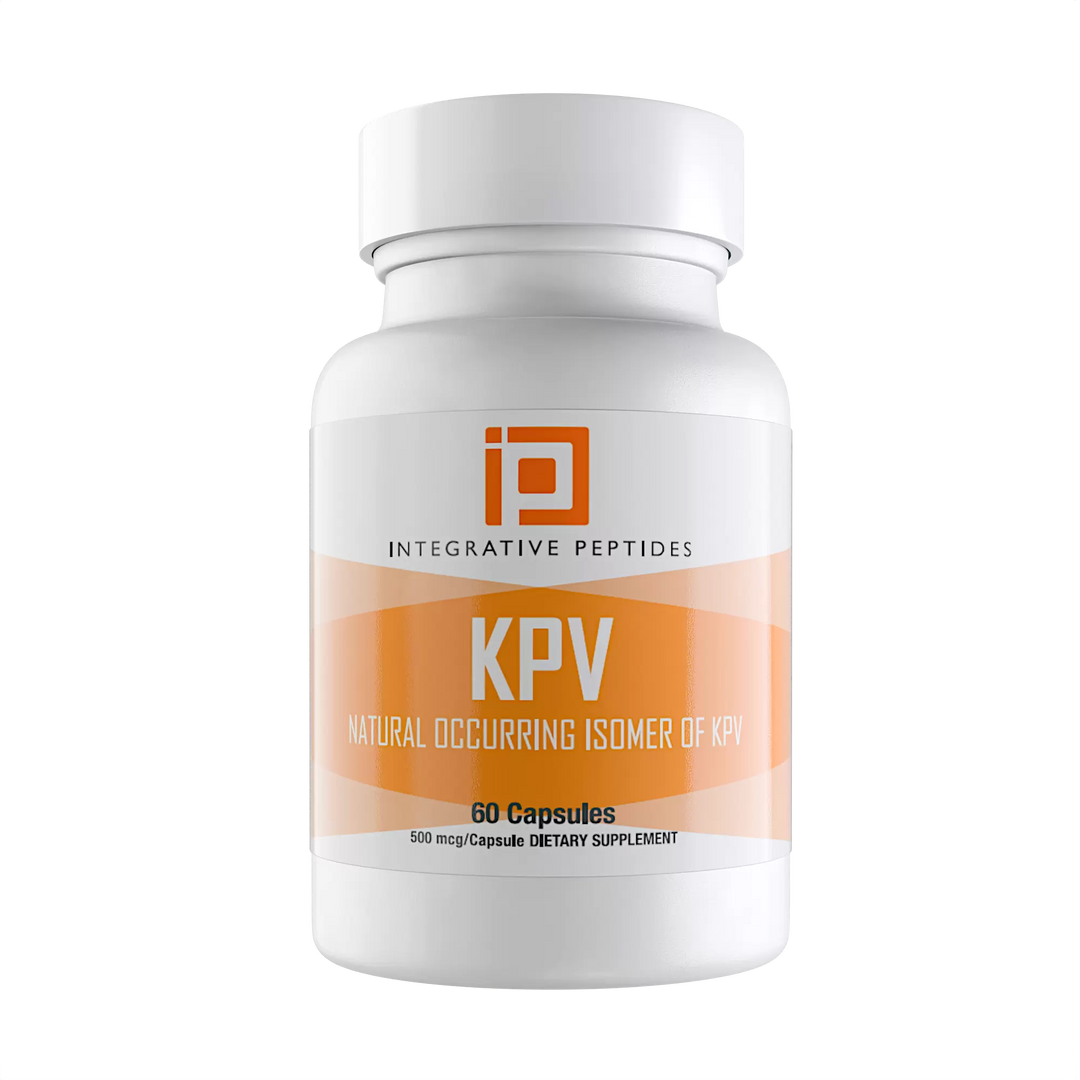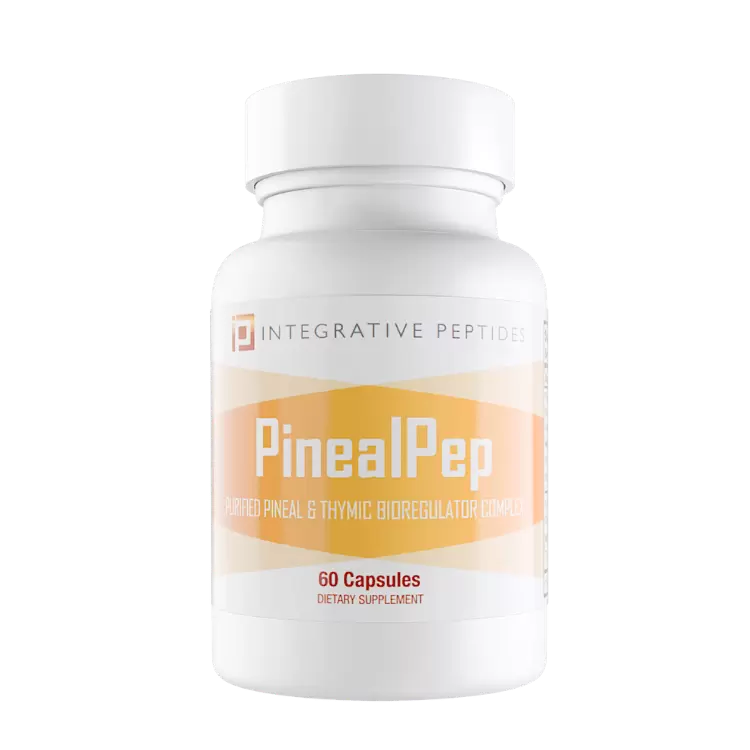Biohackers United provides innovative, best-in-class peptide supplements at a fraction of the cost, meeting the highest standards for safety and purity. Before Biohackers United, consumers in need of peptides were faced with three choices: going through a physician and getting their peptides compounded at a high cost, buying “for research only” peptides that come with serious safety liability, questionable purity and authenticity concerns, or lastly, having to forgo using peptides altogether. Peptides are smaller versions of proteins. Peptides are short strings of amino acids, typically comprising 2–50 amino acids. Amino acids are also the building blocks of proteins, but proteins contain more. Peptides may be more accessible for the body to absorb than proteins because they are smaller and more broken down. They can more easily penetrate the skin and intestines, which helps them enter the bloodstream more quickly.


















